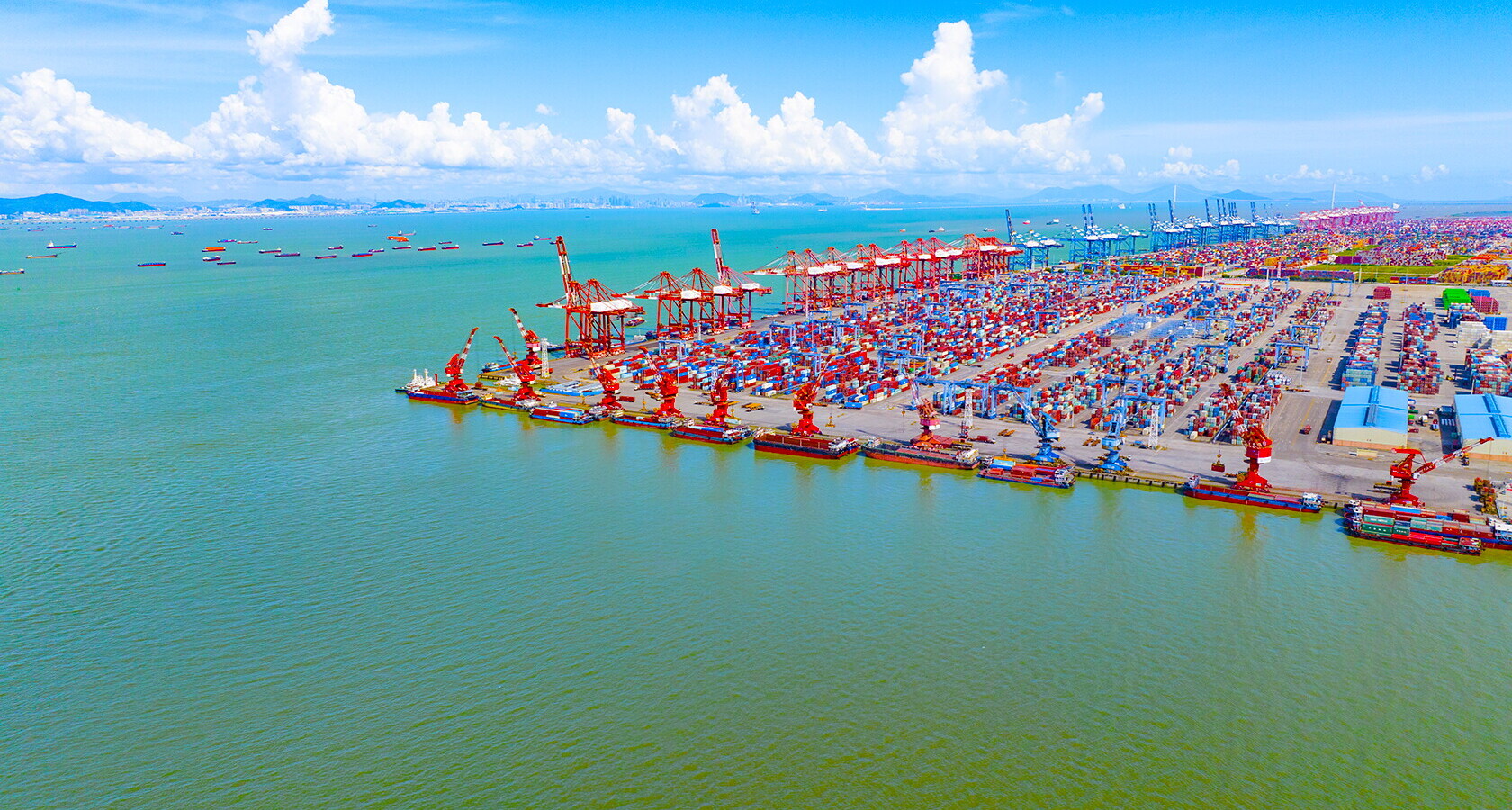
energy neutrality
The quixotic quest for a single source
The Artificial Intelligence boom is fueling an unprecedented spike in energy demand, pushing governments to draw on every available source —politics aside
7 min
The phrase “tilting at windmills” refers to attacking imaginary enemies or pursuing futile battles. It originates from Miguel de Cervantes’ “Don Quixote”, in which the delusional protagonist mistakes windmills for giants and charges at them with his lance. Today, the expression is used to describe someone who wastes energy on conflicts that either don’t exist, can’t be won, or aren’t worth the effort.
Some of today’s efforts to promote a single dominant energy source —while sidelining or abandoning others— have become increasingly “quixotic.” Global energy demand is rising sharply, and meeting it will require contributions from all available energy sources.
President Donald Trump’s stance on wind turbines is a clear example. “I hate wind,” he said during his 2024 campaign, referring to wind power as an energy source. His opposition has been longstanding and blunt. “We’re not going to do this wind thing,” he declared at a rally shortly after taking office, calling turbines “big, ugly windmills” that “ruin your neighborhood.” On his first day in office, he signed an executive order aimed at curbing the expansion of wind power capacity in the United States.
Trump’s hostility toward wind energy contrasts sharply with his strong support for coal. In April 2025, he signed a series of executive orders aimed at bolstering the coal industry, including measures to protect coal-fired power plants and speed up coal mining leases. “I call it beautiful, clean coal. I told my people, never use the word coal unless you put ‘beautiful, clean’ before it,” the President remarked.
These contrasting positions reflect a broader, long-standing pattern: governments attempting to promote favored energy sources while suppressing others, often driven more by political preference than by practical or technical necessity.
That era is coming to an end.
The huge consumption of artificial intelligence
The explosive growth of artificial intelligence is driving a sharp rise in energy demand. This unprecedented surge will compel governments to rely on all available energy sources, regardless of political preference. As former Google CEO Eric Schmidt recently noted, “AI guzzles electricity: a single ChatGPT query requires ten times as much as a conventional web search.” Data centers —the facilities that house servers, computers, and network hardware— are now the main drivers behind this accelerating demand for electricity.
According to the Organization of the Petroleum Exporting Countries (OPEC), data centers consumed roughly 500 terawatt-hours of electricity in 2023 —comparable to the annual usage of medium-sized countries like Spain or Australia. This figure, which more than doubled compared to 2015–2019 levels, could triple to 1,500 terawatt-hours by 2030.
Researchers at the International Monetary Fund (IMF) offer an even starker comparison: data centers already consume as much electricity as countries like Germany or France. By 2030, their energy use could rival that of India. The surge is most pronounced in the United States, which has the highest concentration of data centers. According to McKinsey & Co., power demand from U.S. server farms is expected to more than triple by the end of the decade.
The new pragmatism of governments
This unprecedented rise in energy demand is already reshaping energy politics. Early signs point to a fundamental shift: governments that once firmly rejected certain energy sources are now quietly re-embracing them out of necessity.
UK Prime Minister Keir Starmer illustrates this new pragmatism. Despite his party’s strong environmental platform, Starmer stated in February 2025, “I’ll be open with you, oil and gas are part of the future mix for decades to come.” This marks a clear shift from the UK’s earlier, more aggressive fossil fuel phase-out plans. Former Prime Minister Tony Blair went further, calling for a “radical reset” of what he described as “irrational net-zero policies that are doomed to fail.” He added, “Political leaders by and large know that the debate has become irrational. But they’re terrified of saying so, for fear of being accused of climate denialism.”
The intensifying competition between energy sources is creating a paradox. In the short term, the urgent need for large-scale new capacity is pushing governments to revisit energy options they had previously rejected—even those they were actively phasing out. Coal plants slated for closure are being granted life extensions. Nuclear power, long a source of political controversy, is seeing a revival as its combination of reliability and low emissions gains renewed recognition.
However, this doesn’t mean all energy sources will be treated equally in the long run. Economic pressures and environmental concerns still favor certain technologies. Renewables and next-generation nuclear are likely to retain an edge in regions with the right resources and infrastructure. What’s shifting is the absolutist mindset that has shaped government energy policy—ideological rigidity is giving way to pragmatic flexibility.
The fierce competition between energy sources isn’t on the horizon —it’s already here, and it’s reshaping energy politics at a fundamental level. Governments are realizing that ideological preferences in energy policy are becoming unsustainable as AI-driven demand growth outpaces even the most ambitious capacity expansion plans.
What’s emerging is a new energy pragmatism. The once-binary political debates over which sources are “good” or “bad” are giving way to more practical conversations about how best to combine all available technologies, tailored to regional needs and resource availability.
A challenging transition
This transition won’t be seamless. Political leaders who staked their reputations on opposing certain energy sources will resist change. Industry groups with entrenched interests will fight to preserve existing advantages. But the sheer scale of energy demand leaves little room for ideological rigidity.
The next decade will show which countries adapt best to this new reality. Those that adopt a pragmatic, technology-neutral approach are likely to outperform those clinging to inflexible doctrines —whether those doctrines favor fossil fuels or renewables.
In energy policy, as in other domains, necessity is proving to be the mother of reinvention.

